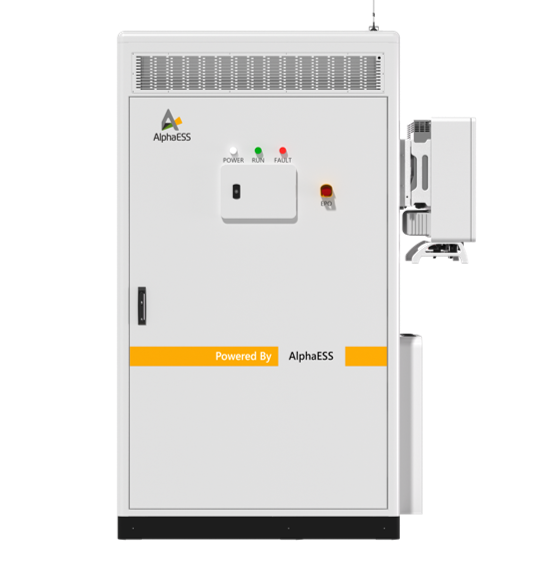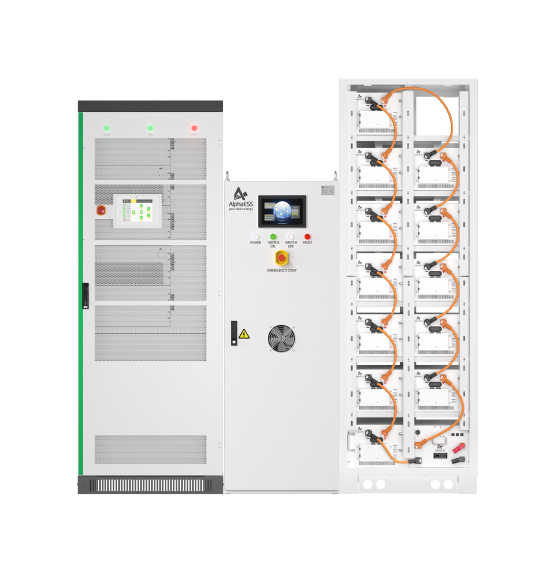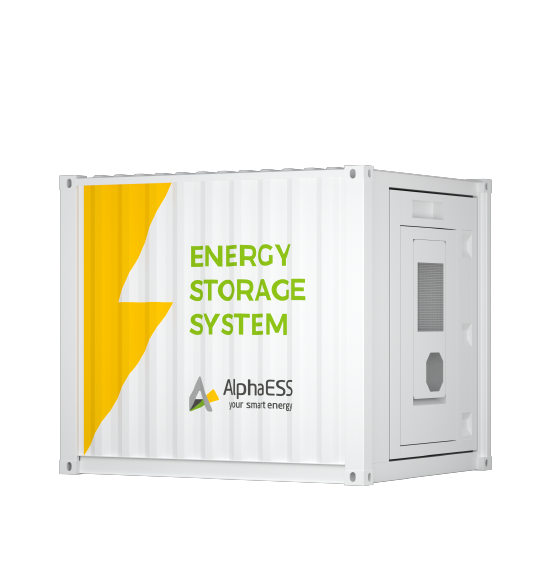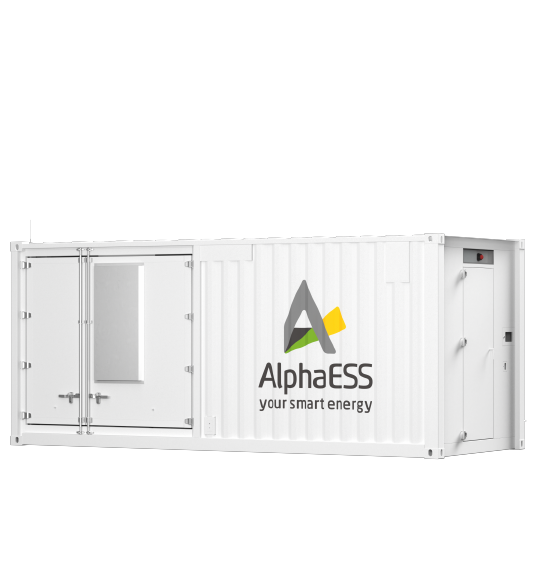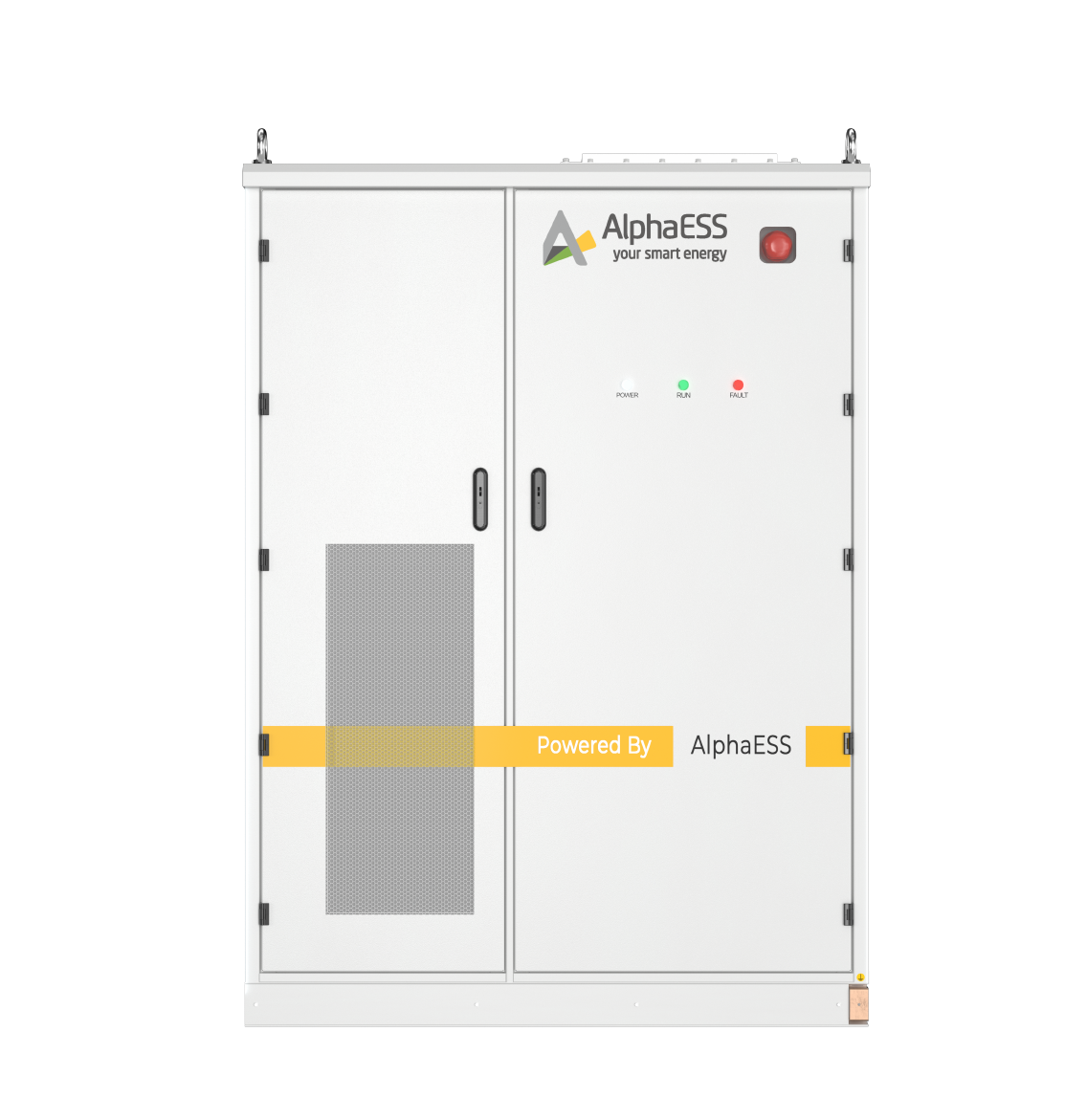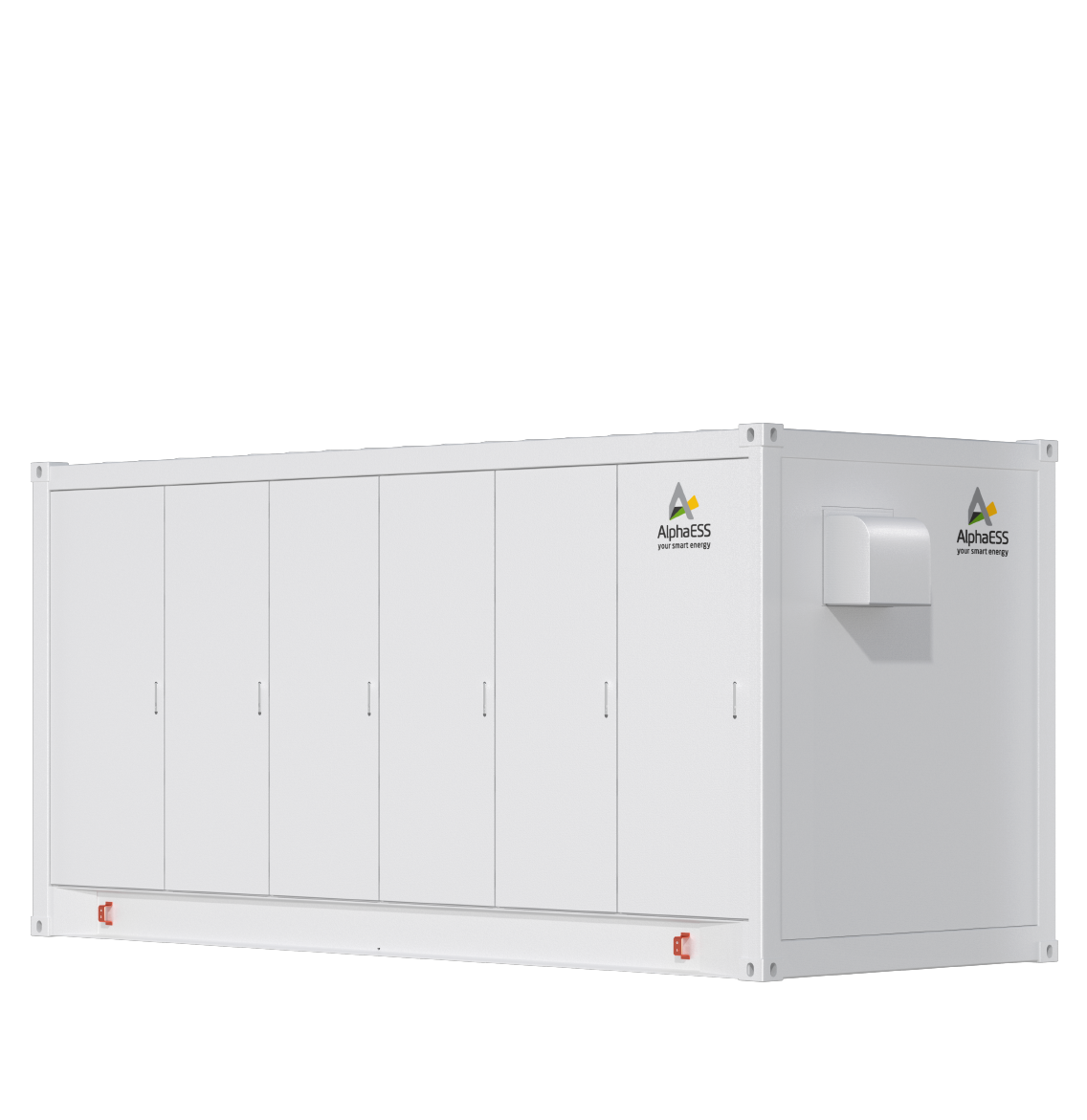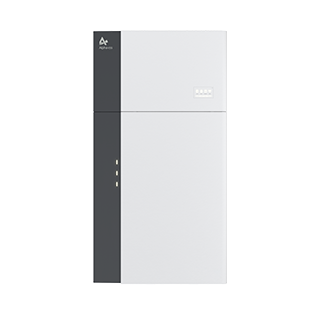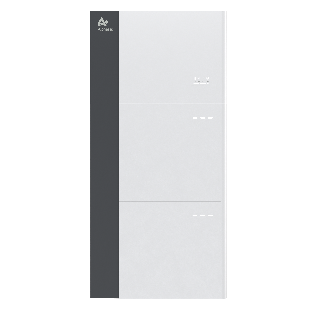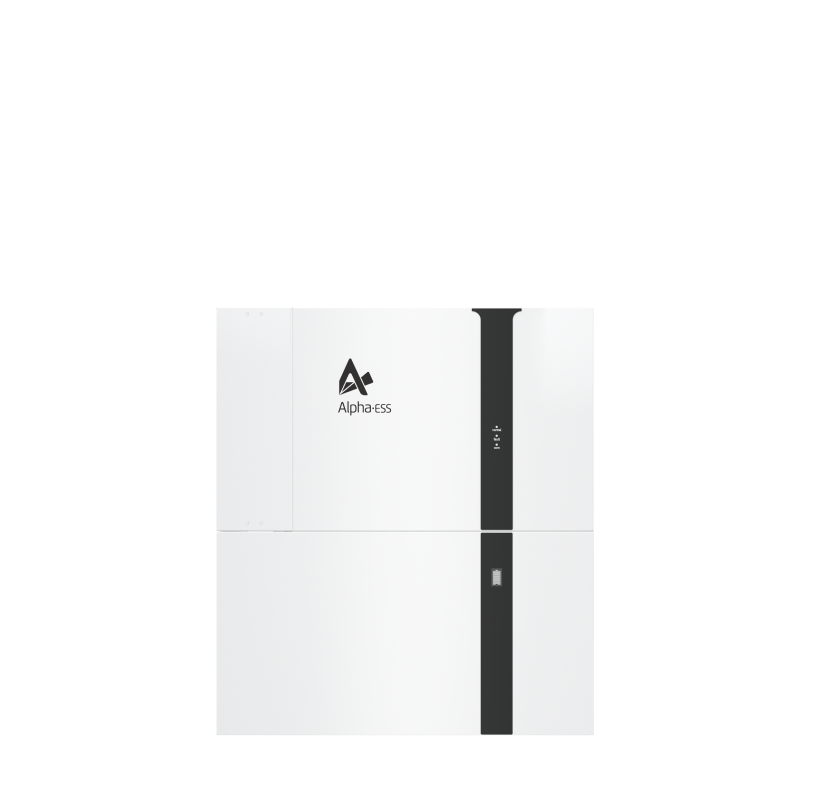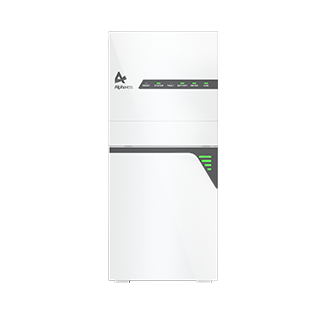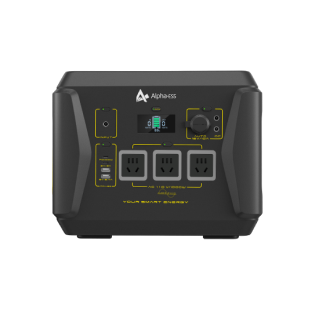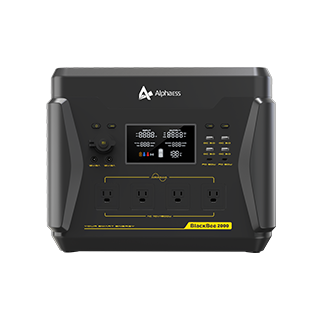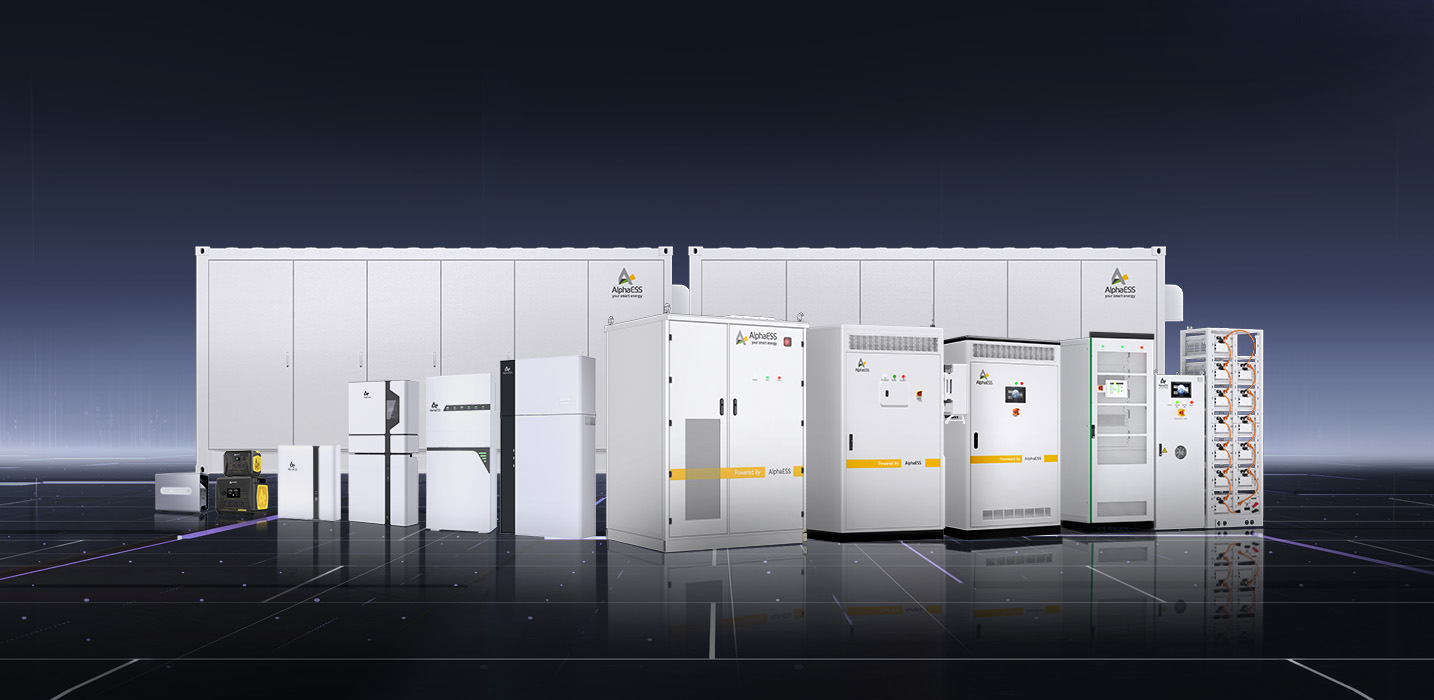New electricity tariff structure in Belgium
2020-11-06
From 1 January 2022, the grid electricity costs in Belgium will no longer be determined by the total number of kilowatt hours (kWh) consumed, but by the peak power demanded from the grid. This is the so-called capacity tariff (also known as demand charge).
The "demand charge" are the costs for constructing, managing and maintaining the electricity grids and the transport of electricity. Part of the transmission costs are also included in this, so that approximately 80% of the total costs will fall under the new tariff. The other costs included in the distribution network tariffs, in particular the costs for public service obligations, the surcharges and other transmission costs, continue to be charged on the basis of the kWh purchased.
How is the peak power determined?
The digital meter will record the electricity demand (kW) every 15 minutes every month in which the highest average power is requested from the grid. If you are frugal throughout the month, but at a certain moment have a number of different devices running at the same time, the peak power for that month can still be high. This can be balanced in the other months, because the average of the 12 monthly peaks determines how much capacity tariff someone has to pay in a year.

Why is the demand charge introduced?
Due to the emergence of local renewable energy, electric vehicles and heat pumps (energy transition), the traditional energy distribution networks will be differently in the future. This would expose them to greater peak loads. The distribution system operators would then have to make heavy investments to keep the network reliable, which would lead to a strong increase in distribution network tariffs.
To avoid this and to keep the electricity affordable for everyone, the VREG wants to make all grid users aware of high peaks in their consumption and thus encourage them to use it efficiently. Compare it with a broadband internet subscription where you pay more according to the bandwidth you want available. Those who want a faster connection pay more, regardless of how much data is actually used at the end of each month.
How can I estimate my peak power?
It is not easy to calculate the exact peak demand of a family. You can calculate it according to the sum of all the power (kW) on the devices. But that will yield an unrealistically high number.
After all, the consumption of many devices is not constant. For example, a dishwasher and washing machine only reach their maximum consumption during the - usually short - heating cycle. If that doesn't happen in the same 15-minute duration, the peak demand would not be affect.
The peak that will appear on your bill is not the highest instantaneous power that you take from the grid, but the highest average quarter-hour value. The digital meter does not register the instantaneous powers for this purpose (although you can read them), but the quarter-hour peak power = average power in fifteen minutes.
Short peaks are therefore fine. For instance, a kettle need 2.3kW power in a minute to boil the water, and 2.3 kW for 1 minute counts as only average 0.15 kW in the 15 minutes record. Instead, the 2.3 kW of an electric heater that is turned on for an hour does matter.

How to deal with the new tariff structure?
The VREG ensures that for most households the impact is limited, but for some consumers this is a difference of several hundred euros per year.This is why you need “peak shaving”.
With a home battery you can smooth out your peak consumption and thus save on your capacity contribution. Meanwhile, AlphaESS home battery system enables you to make a future-oriented investment:
You are protecting yourself against increased electricity prices.
You are increasing the self-consumption of your own green electricity, so you will have your bill determined based on your actual usages.
You are smoothing peak loads and therefore be less charged via the demand charge that will be introduced from 2022
You are ready for applications that will become possible in the future such as energy sharing, VPP and etc.
As a result, you will not only get rid of the increased electricity prices, but also actively contribute to the energy transition.
Would like to have a battery system in Belgium? Visit https://alphaess.be/fr/thuisbatterijen/ for more info about new tariff, solar and home batteries!
-

 Battery Safety: More Critical Than Ever—From EVs to Energy Storage
Battery Safety: More Critical Than Ever—From EVs to Energy Storage2025-04-10
-

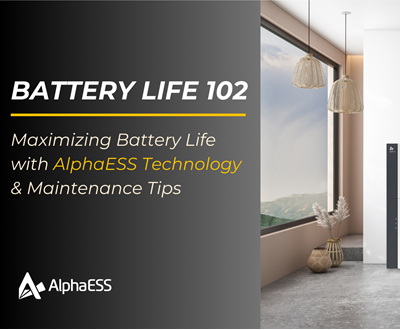 [Battery Life 102] Maximizing Battery Life with AlphaESS Technology & Practical Maintenance Tips
[Battery Life 102] Maximizing Battery Life with AlphaESS Technology & Practical Maintenance Tips2025-04-09
-

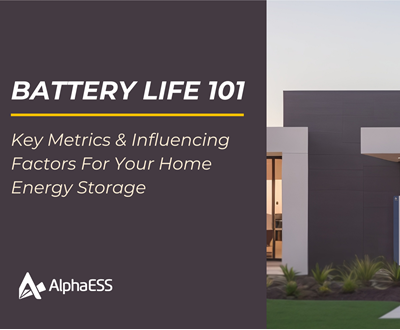 [Battery Life 101] Key Metrics & Influencing Factors For Your Home Energy Storage
[Battery Life 101] Key Metrics & Influencing Factors For Your Home Energy Storage2025-04-08
-

 Exploring the Impact of Battery Storage on Farms: An Interview with Mike Bronson of Bravenhill
Exploring the Impact of Battery Storage on Farms: An Interview with Mike Bronson of Bravenhill2025-03-28




